How the Dakhni language defines cultural intimacy and regional belonging
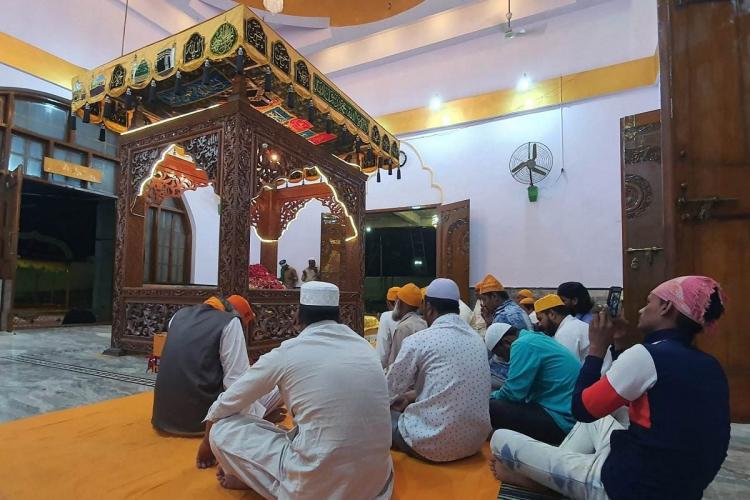
In mid-2019, I embarked on a month-long language homestay program in Jaipur to train myself in spoken and written Hindi. After which, I confidently journeyed to Hyderabad to commence my fieldwork for my PhD dissertation in anthropology. To my dismay, I found it difficult to comprehend what the local people in Hyderabad, particularly the cab drivers and stall vendors were saying. There were words I had never heard before, such as “Nakko”, and also a Telugu-ish accent to their spoken Hindi or Urdu. Some people I met who migrated from Delhi to Hyderabad affirmed my confusion, that even though they were fluent in Hindi, they were lost in translation speaking with people in Hyderabad. I came to realise subsequently that these people in Hyderabad were speaking in a regional tongue called Dakhni, which is not exactly Hindi or Urdu, but a dialect of Hindustani bearing a composite tongue of Persian, Marathi, Telugu and Kannada. My exposure to Dakhni deepened through an Urdu teacher that I met in Hyderabad. In our everyday Urdu classes, I noticed that she spoke the Dakhni tongue with much ease and affection.
My Urdu teacher is among the many Hyderabadis who are a product of the composite language and cultures of the Deccan. Having completed her education in the University of Hyderabad, her PhD thesis was on Sufi saint Miranji Shams-ul Ishshaq of Bijapur (d. 1496), a prolific poet, and one of the key figures who established Dakhni language as a recognized medium of Sufi literature. Miranji Shams-ul Ishshaq became much more than a thesis project for her, his life works and spirituality as a Sufi deeply impacted her and influenced her poetry styles in Dakhni and Urdu (she doesn’t like the term Urdu but prefers to call it as Zubaan e Aali i.e the tongue of the exalted).

My urdu teacher singing a hamd in prayer while visiting her grandfather’s Sufi shrine. Credits: Amy Phua
Sufi figures such as Miranji Shams-ul Ishshaq, one of the towering poets of his time, had a large hand in the establishment of pre-modern Dakhni as a language. Dakhni, in its pre-modern form, was birthed after the Bahmani Sultanate was established in the Deccan in the 12th century, departing from the Delhi Sultanate due to on-going wars during that period. Persian was being used as the official court language and language spoken by the elites at that time. However, Sufis who came with these Persianate empires, wanted to bring Islamic tenets and reach into the heartlands and among the common folk, who spoke Sanskritic languages. They began establishing the vernacular language of Dakhni, which combined Persio-Arabic languages with a large range of Telugu and Kannada vocabulary.
It is important to note that the Dakhni spoken during the time of the Bahmani sultanate is different from contemporary Dakhni spoken today. The use of pre-modern Dakhni declined after the 18th century, with the decline of the Bahmani and Qutb Shahi empires. Contemporary Dakhni today is loosely associated with this premodern Dakhni, but draws largely on the tradition and spirit of creating vernacular tongues that speak to the hearts and culture of people in the Deccan.
A depository of written pre-modern Dakhni is stored physically in places such as dargahs, where the bodies of Sufi saints were laid to rest. Sufis play a significant role in the circulation of language and literary texts, through their deep networks of Silsila or also known as spiritual genealogy which is transmitted through generations of Pir-Murid (Master-student) relationships, and connections weaving between different Sufi orders. These connections extend across Hyderabad through the Deccan, to Delhi and up till the Persian Gulf. Through these relationships, it fostered the amalgamation of Perso-Arabic languages with local Sanskritic languages, birthing Urdu and Dakhni. Sufi saints’ hagiographies and works were also recorded into a vast literature of poetry and musical works such qawwalis, samas and namas to name a few; where these poetries and works get sung and recited time and again till today. The Chishti order in particular sing of their Sufi masters’ poetry on most occasions at the dargahs, such as their qawwali sessions every Thursday night, and Urs (death anniversary of Sufi saint) in which they stay up all night and sing till dawn.

A book of poetry written by Sufi Saint Hazrat Aashiq e khwaja of Peeli dargah. The book is used by his followers for singing their weekly samas. Credits: Amy Phua
While the official languages of Hyderabad changed over the centuries from Persian to Urdu to present-day English, Telugu and Hindi, Dakhni in its contemporary form is still persistently and affectionately used among people from Hyderabad to Karnataka and some parts of Maharashtra. All of these places were formerly a part of the Hyderabad-Deccan. Dakhni is still largely spoken today, even among the youth, which shows no sign of the language dying down. A college student in Hyderabad, whom I had taught Mandarin to, spoke Dakhni in her everyday tongue with the female domestic help in her house, even though she was Punjabi in ethnicity, but her family had settled in Hyderabad for a few generations. Schools also played a large role in familiarising the young with Dakhni, through socialisation with fellow Hyderabadi peers and classmates.
Speaking and representing the Dakhni tongue as a way of regional belonging and affection is evident in other sources such as films and modern-day rap songs. Films such as Hyderabad Blues and Hyderabad Nawabs feature the use of Dakhni in their dialogues. They bring up cackles of joy and laughter as viewers fondly identify these phrases with the words they speak every day. Sometimes thought to be crass, the language is affectionately represented through an unofficial medium like comedy films. Rappers such as Mo Boucher and Pasha Bhai rapping in Dakhni have been part of the proliferating local music scene in recent years.
This is a departure from the more traditional forms of qawwali or ghazals, showing Dakhni’s persistence and relevance even among the youth today. Articles about Dakhni have been written profusely on various forums and lifestyle websites. As a Singaporean who proudly speaks Singlish, similarly an unofficial but much beloved creole of English, Malay and Chinese dialects, with its own historical and colonial discourse, I could almost identify with that joy and pride of seeing Dakhni represented on various forms of media.This officially unrecognised tongue, but still used commonly and fondly among the people in Hyderabad, could be a form of cultural intimacy, a term coined by anthropologist Michael Herzfeld, where cultural intimacy is defined as “aspects of an officially shared identity that are considered a source of external embarrassment but that nevertheless provide insiders with their assurance of common sociality….which may erupt into public life and collective self-representation” .
Perhaps the persistence and proliferation of Dakhni as a form of cultural intimacy might be a reaction towards the broad sweep of nationalistic narratives that abruptly took over Hyderabad in 1948. In a short span of time, boundaries and territories were suddenly regrouped into linguistic regions, separating Hyderabad from the Deccan to merge with the eastern parts of the Telugu speaking regions in Andhra Pradesh. The artificiality of regrouping these regions without considering its linguistic and cultural contexts might have contributed to the bifurcation of Andhra Pradesh in 2014. However, beyond these official state borders, memories of the Deccan and its Persianate histories are retained and proliferated through the everyday tongue of Dakhni today.
This article was first published in The Newsminute as a part of the Deccan series.
Related Articles
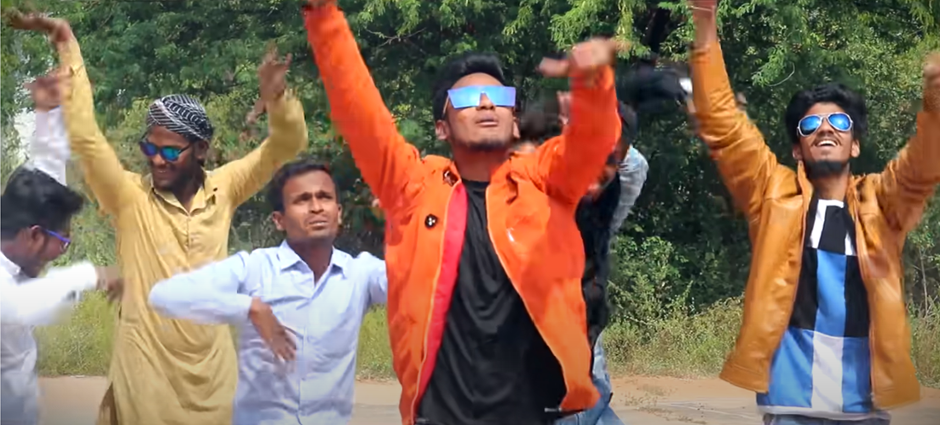
Has Rap Found its Home in the Deccan?
The Deccan is a place of unlikely arrivals and departures – cultural practices from every possible region of the world have found home here and gotten reinterpreted and gifted back to other regions. One such recent arrival is hip hop from Black and Hispanic...
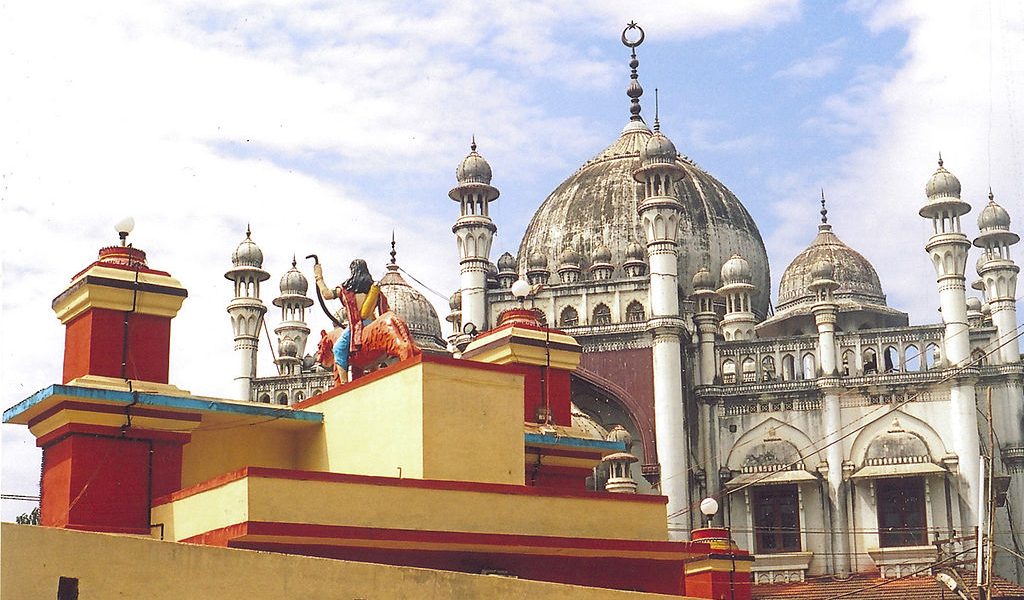
A God, A Pirate and the Birth of a New Urban Religion in the Deccan
Who was Vavar? There are many strands to this story.

The After-Lives of Historical Figures in the ‘Pan-Indian’ Telugu Film
Contemporary film history of the Telugu people has at least one instance of a hyper masculine superhuman celluloid figure that appears time after time to establish territorial order: Alluri Sitarama Raju. The source for this celluloid figure was the leader of what...
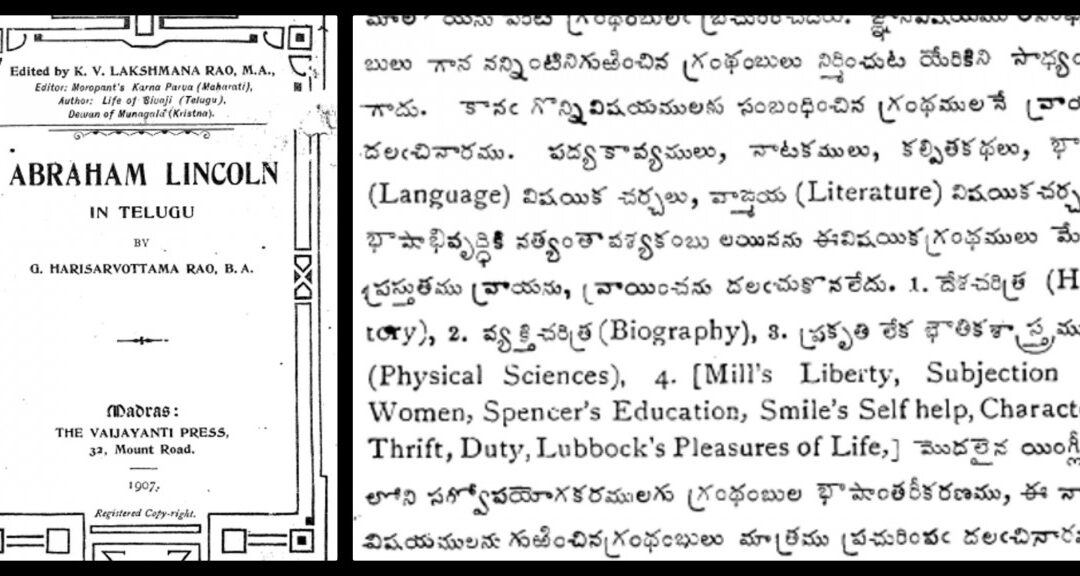
Telugu Modernity and the Curious Case of Enlightened Privilege
In 1907, Vijnana Chandrika Mandali, a Telugu publishing house, began their operations with the goal to ‘improve Telugu literature’.
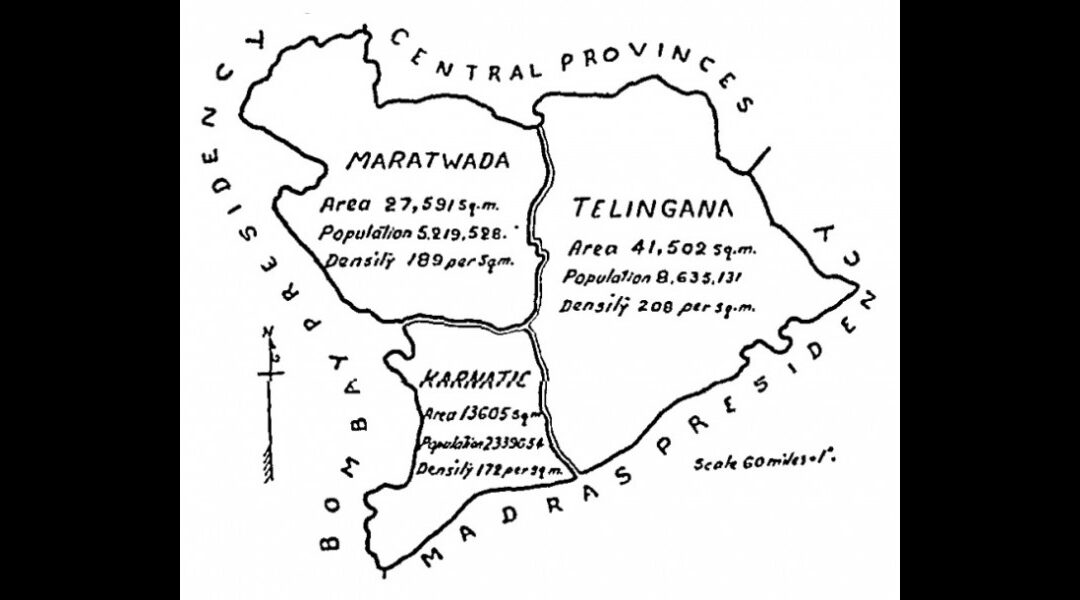
The Mulki and the Mulk: How Belonging Is Layered in the Deccan
The categories of Mulki and non-Mulki began to appear on the Hyderabadi political scene from the mid-19th century onwards as a response to the influx of Urdu-speaking North Indians being recruited into the state administration.
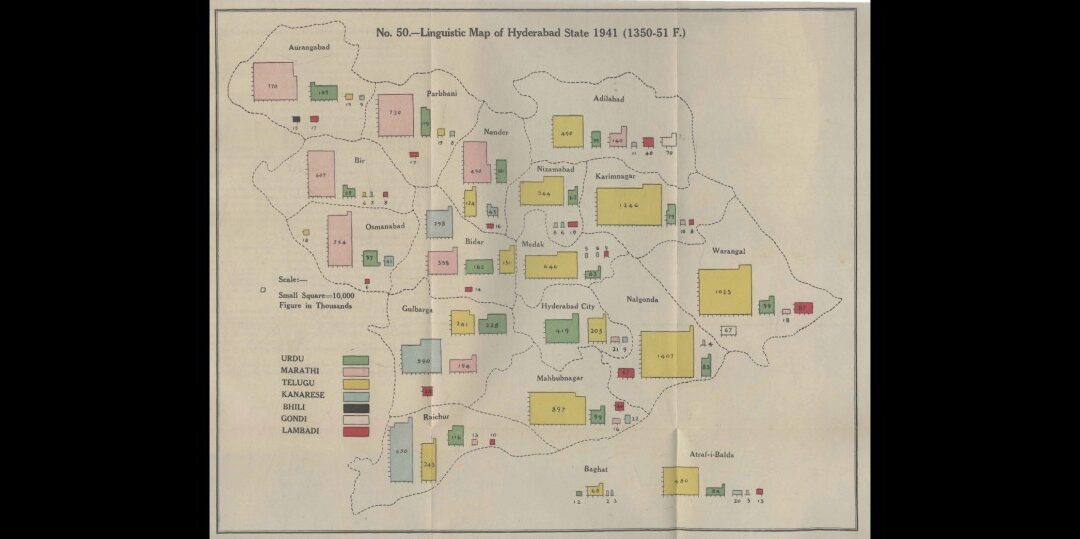
The Uncanny Sisterhood of Deccan’s Languages
‘Pora khaalli? (Have the children eaten?)’ These are two utterances in Marathi spoken in Osmanabad and Solapur districts. But a speaker of Marathi from the central or western parts of Maharashtra may be perplexed at what is being asked of them. Is ‘Kaa karlaalaav’ the...
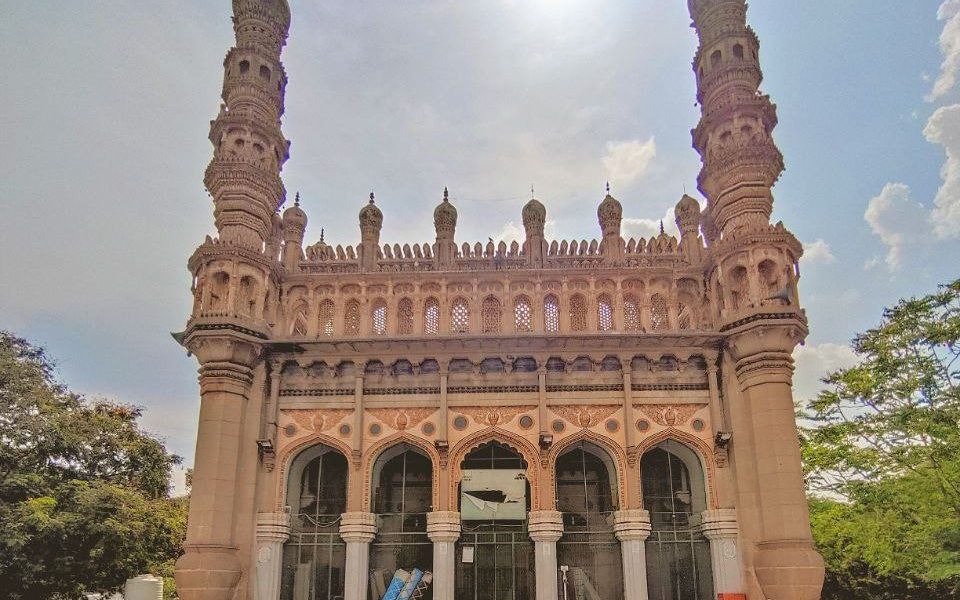
Deccani Identity: Instrumental Logic or Deep Love of Land?
The diverse ways in which the Deccani identity is invoked in textual sources and oral traditions indicate that newcomers to the Deccan adapted to the ways of the land, developed strong affinities to local landscapes, and adopted cultural practices and markers.
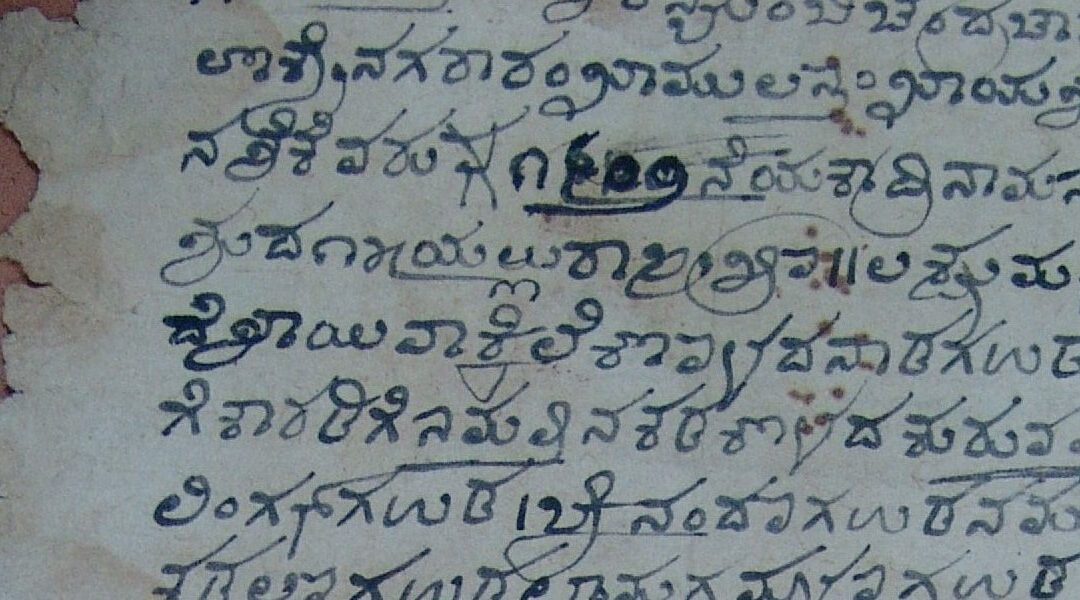
What an 18th-Century Sale Deed Reveals About Language and Territory in the Deccan
The documents hint at more give-and-take in the scribal environment than the one-way “imperial” narrative premised on modern mono-linguistic identities.
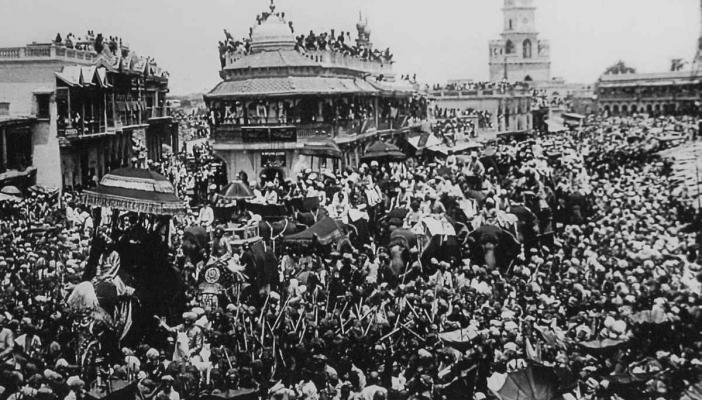
Afterword: Who does the Deccan belong to?
On September 17, 1948, more than a year after India became independent, the Hyderabad–Deccan state was integrated into the new Indian nation-state ruled from Delhi. This event, celebrated by some as “liberation,” set in motion decisive processes of integration,...

Rabindranath Tagore’s visit to Hyderabad: When poetry triumphed over politics
The September 17th anniversary of the ‘Police Action’, which led to the integration of the princely state of Hyderabad in 1948, has become increasingly contentious with selective use of history by political parties to further their current polarising agenda. Lost in...
